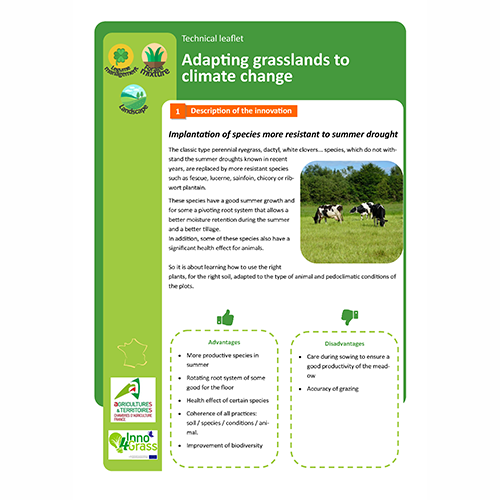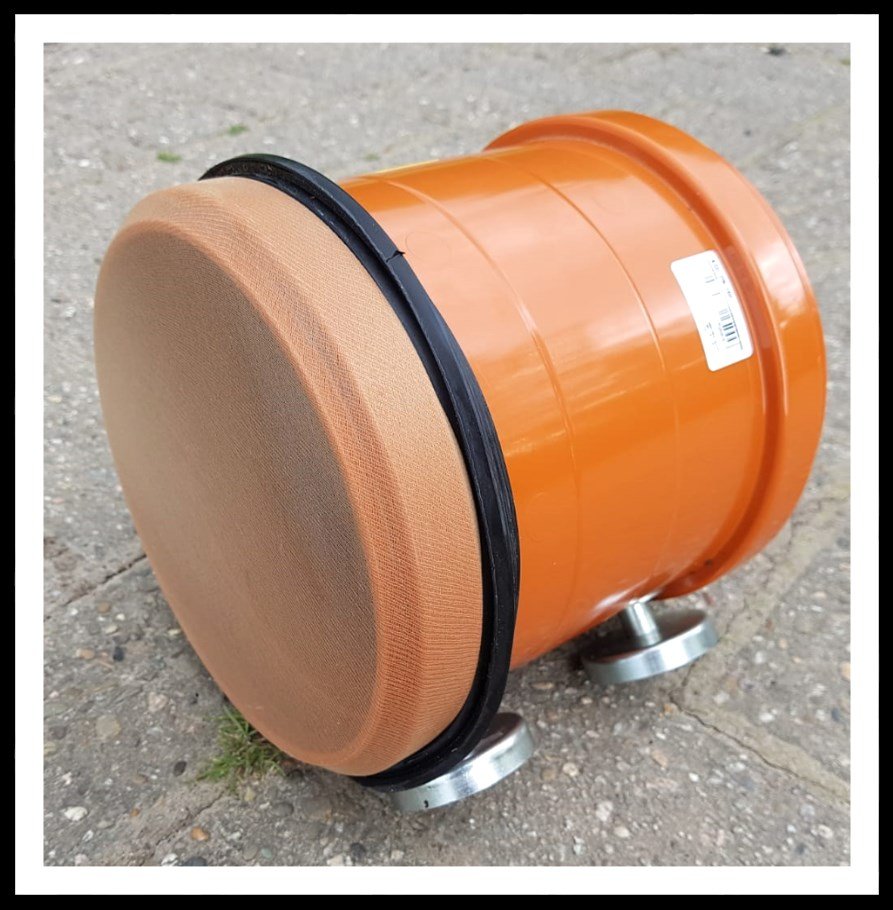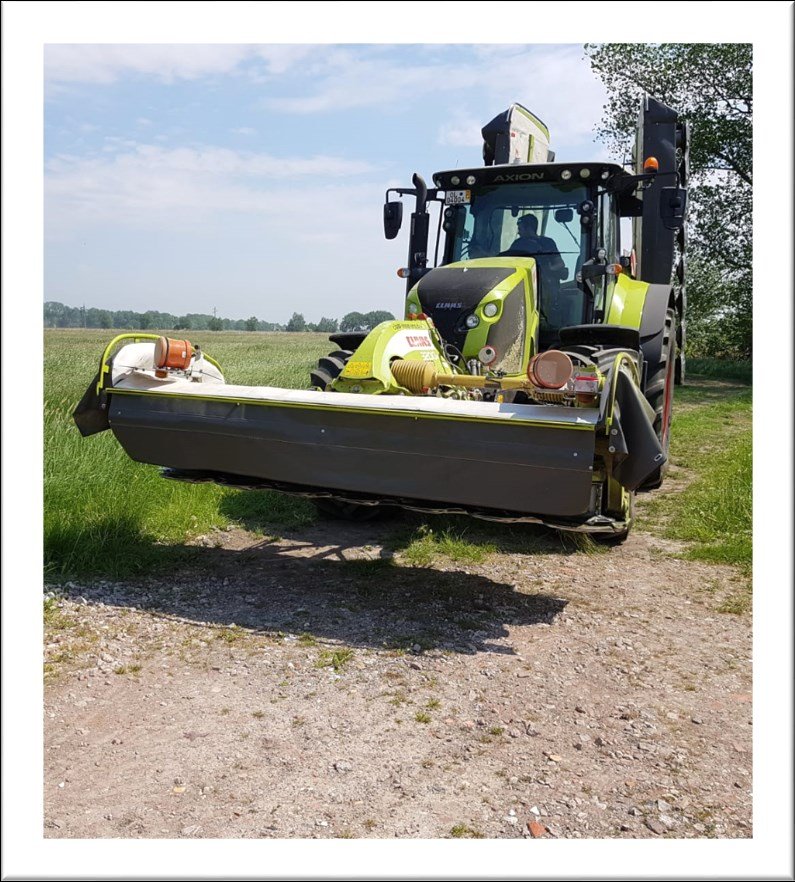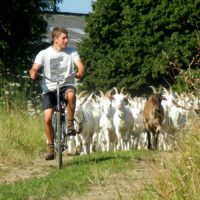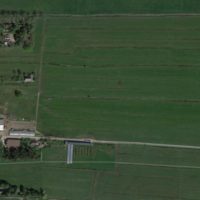Description
Description of the innovation
Franksen Contracting is based in northern Germany, in the Wesermarsch region, which is known for its large grassland. In summer, the lawns are grazed with cattle and cows and used for fodder conservation during the winter period. The first silage cut is harvested in May, at this time of year many wild animals such as rabbits, deer, ducks and other ground breeders get their offspring out on the meadows and protect them.
Franksen Contracting warns with a buzzer against wild animals from the mower during the first cut in spring. The buzzer is attached to the mower and produces a beep. The buzzer is made of one piece of pipe, around the pipe there is a nylon stocking that keeps dust and pollen away from the buzzer. The buzzer is powered by batteries that last about 8 hours.
To catch the buzzer on the mower, two magnets are installed. The noise is quite loud, so the animals are warned early.
Results obtained with the adoption of the innovation
Unfortunately, young wild animals are repeatedly killed by mowing and the image of agriculture suffers as a result. In addition, decomposing animal parts have a negative impact on the quality of silage: poisons can be produced, which in turn can be fatal for the farm animals that eat the silage.
A year ago, one of the workers at the construction company came up with the idea of building a warning system for wild animals. Since the worker is a hunter in his spare time, he had good contacts with people with experience with wildlife buzzers and built a buzzer.
This technique allows the contractor to warn wild animals of the mower. Due to his work as a contractor, in this combination with the buzzer several 1000 ha are mowed annually. The farmers for whom the contractor mows appreciate the innovation because the farmers are aware of the problem. It is less common for an animal carcass to end up in silage. This increases the quality of the silage. The service with the buzzer does not cost farmers extra. It is well received and used.
Advantages
- Less killed young wild life by the mover
- Low material costs
- Less carcass in the silage
- Better silage quality
- Is well received by farmers
Disadvantages
- Can be annoying for neighbours
- Battery needs to be loaded after a few hours
